E&M Engineering
E&M Services Every MRT station is equipped with electrical systems and water services, fire detection and protection systems. Announcements to the public are made via the public address system. Design Details: 1. Electrical systems: low voltage power distribution, static uninterruptible power supply systems, grounding & lightning protection systems, lighting systems, receptacle & train arrival warning light systems, cable trays, bus ducts & wires, telephone wires and conduits. 2. Mechanical systems: water supply, plumbing systems and equipment, hoists & cranes. 3. Fire protection systems: low pollution fire extinguishing systems, fire protection water systems, hand-held extinguishers, fixed water spray systems, fire alarm and smoke detection systems. Environmental Control System (ECS) ECS is one of the most important parts of Taipei MRT's E&M systems. The major functions of ECS are described as follows: 1. During normal operation, ECS provides a comfortable environment for passengers and Taipei MRT employees. 2. ECS maintains appropriate conditions in tunnels through the tunnel ventilation system. This is vital during times when trains may be stopped due to emergencies or other contingencies. 3. In emergencies, the ECS emergency system can remove smoke and maintain smoke-free routes for passenger evacuation. 4. ECS must meet environmental requirements of the general plant room and systemwide plant rooms so normal operation of the Taipei MRT system can be maintained. To meet the above-mentioned functions, ECS must take every design requirement into consideration during the detailed design stage. ECS detailed design includes the following subsystems: 1. Air conditioning and Ventilation systems 2. Smoke exhaust system 3. Tunnel ventilation system 4. Computer control and monitoring systems Escalators In the Taipei MRT system, heavy duty escalators can comfortably transport a large number of passengers and are capable of continuous operation for a period of not less than 20 hours a day, seven days a week. Elevators are also provided to serve disabled passengers. Elevators At the entrances, concourse and platform of a station, tactile floor tiles guide the disabled to elevators equipped with Braille plates and voice systems. There are also ramps connecting different floor levels. Structural, Electrical and Mechanical (SEM) and Combined Services Drawings (CSD) SEM: The function of SEM drawings is to show the requirements of the civil engineering/E&M engineering interfaces, such as structural openings, plinths, sleeves, embedded conduits and other embedded items. CSD: The function of CSD is to arrange facilities in equipment room areas to avoid conflicts between facilities. E&M Facilities E&M facilities of the Taipei MRT can be classified into nine major categories: 1. Electric multiple units (EMU) 2. Signaling systems 3. Communication systems 4. Power supply systems 5. Elevator and escalator systems 6. Automatic fare collection systems 7. Environmental control systems 8. Depot facilities 9. Station and tunnel service facilities With the exceptions of the Wenshan-Neihu (Wenhu) line, a medium-capacity and driverless automatic system, all other lines operate high-capacity trains fitted with steel wheels for running on steel tracks. The high-capacity system uses six-car trains. A driver is dispatched on each train to handle unforeseen incidents. The control center of the system plays an important role in supervising and regulating the operation of the trains and the E&M systems on the main lines of the network. Each train is capable of carrying up to 2,200 passengers and each line is designed with a one-way carrying capacity of at least 50,000 passengers per hour. The Wenhu line uses four-car trains fitted with rubber tires for running on the line's concrete and steel surfaces. Fully automated operation handled by the control center facilitates flexible scheduling. Each train is capable of carrying over 500 passengers. A successful conversion of the Matra VAL 256 trainsets, used on the former Muzha (today's Wenhu line) line, facilitated full compatibility with the Bombardier technology deployed on the Wenhu line and extended service from Taipei Zoo to Taipei Nangang Exhibition Center.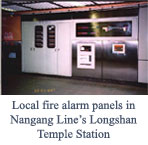
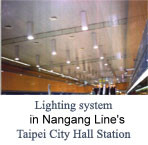
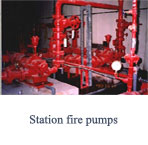
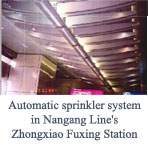
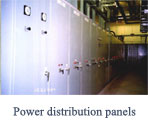
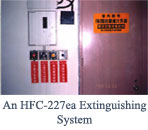
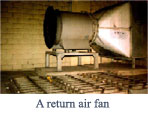
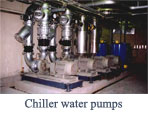
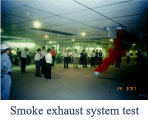
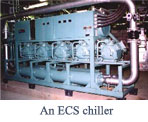
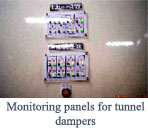
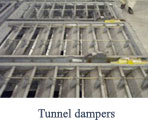
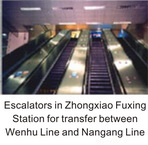
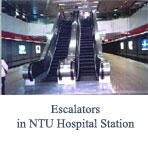
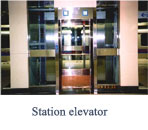
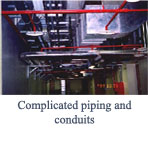
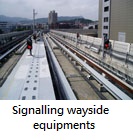
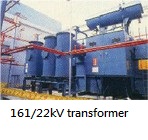

![Taiwan.gov.tw [ open a new window]](/images/egov.png)
